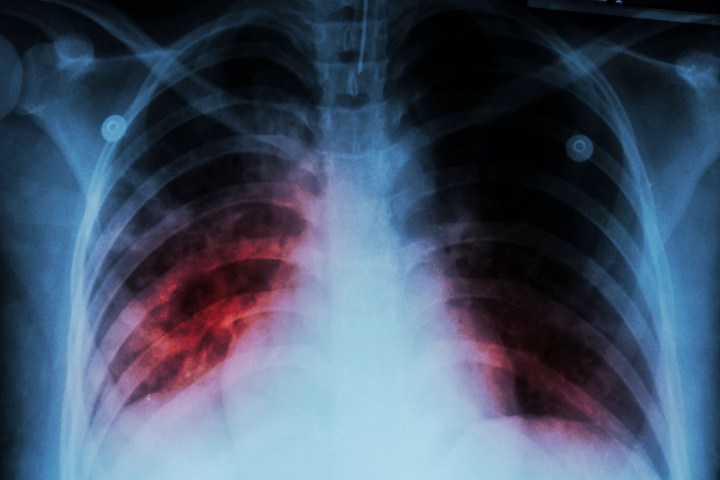
With this mission in mind, researchers at Columbia University have developed a new method for bioengineering healthy lungs, which could have a major impact on the quantity of donor lungs that are suitable for transplants. Since currently only 20 percent of potential donor lungs are considered suitable for transplants, the results may be highly significant for sufferers of lung disease — which kills around 400,000 people per year in the United States alone.
“We [have] developed a radically new approach to bioengineering of the lung,” Professor Gordana Vunjak-Novakovic, leader of the project, told Digital Trends. “Over the last decade, several groups have fully decellularized lungs to obtain a scaffold with the proper architecture and stiffness that can be repopulated by fresh cells. To rebuild a functional lung starting from this cell-free scaffold, both the epithelial surfaces in the airway and the vasculature need to be regenerated. Intact vascular network — lacking in these scaffolds — is critical not only for maintaining the blood-gas barrier and allowing for proper graft function but also for supporting the regenerative cells. We reasoned that an ‘ideal’ lung scaffold would need to have perfusable and healthy vasculature, and developed an approach allowing removal of the pulmonary epithelium, while maintaining the viability and function of the vascular network and the lung matrix.”
The team has demonstrated its new technique in an ex vivo rodent lung, meaning a rodent lung outside the animal. The researchers are also experimenting with larger lungs from humans and pigs, and have established methods for local targeted interventions in diseased sections of the lung. While plenty of work still remains to be done, this is extremely promising research.
“This approach could benefit patients with lung disease where the epithelium is primarily involved, which is the majority of lung disease and injury,” Vunjak-Novakovic continued. “By preserving the vasculature and blood supply, we enable removal of damaged epithelium and its replacement with fresh regenerative cells. This way, the lungs that would be rejected for transplant can be repaired and used.”
A paper describing the work was recently published in the journal Science Advances.


